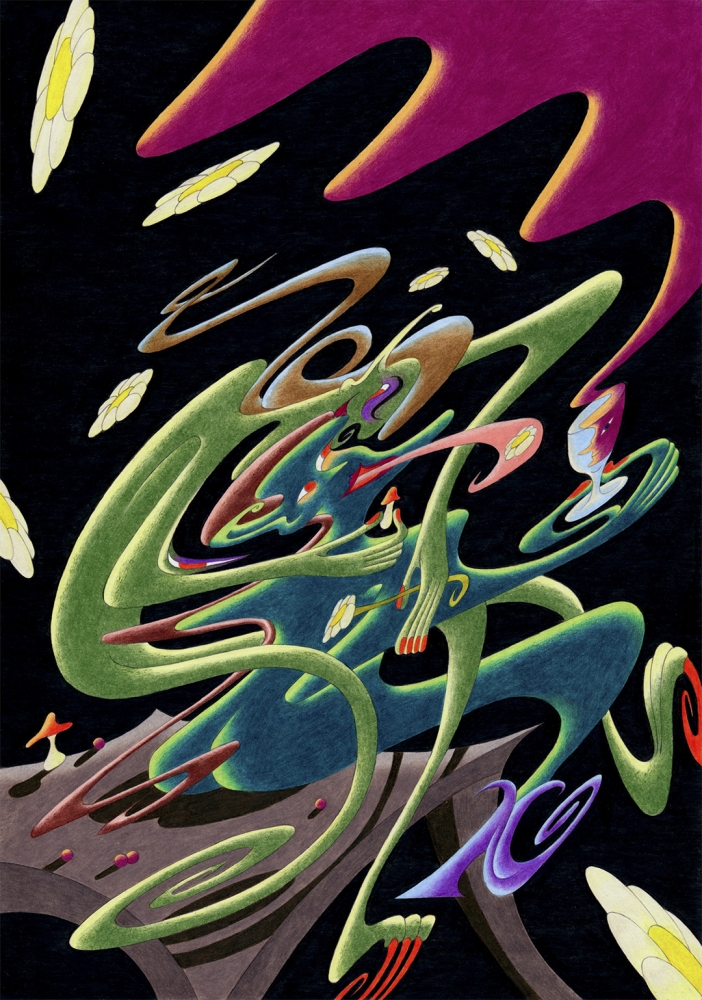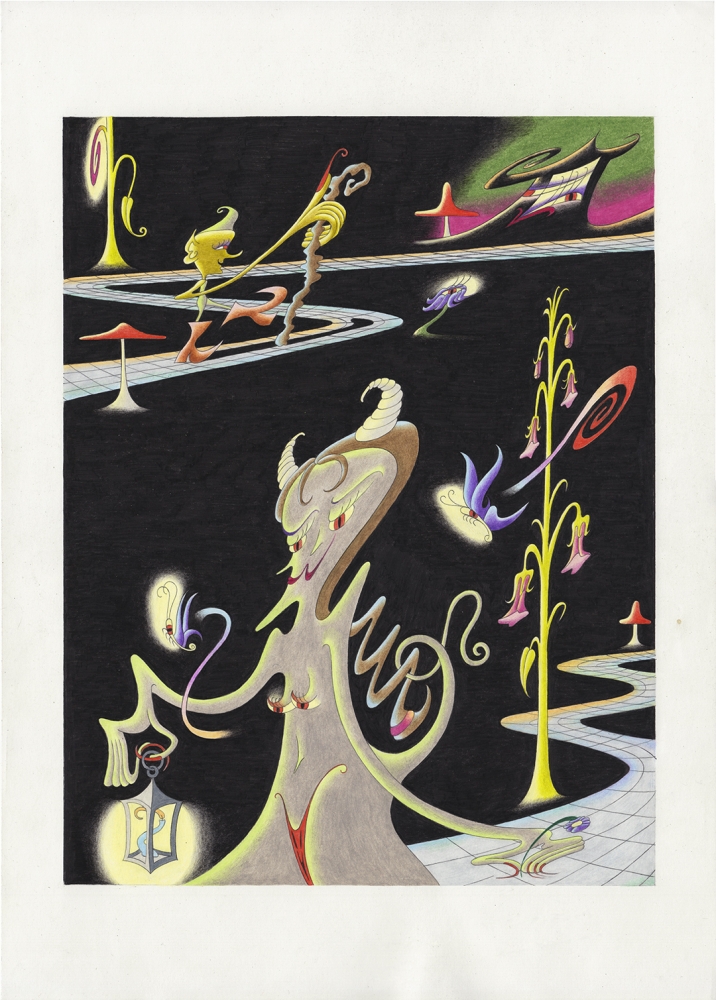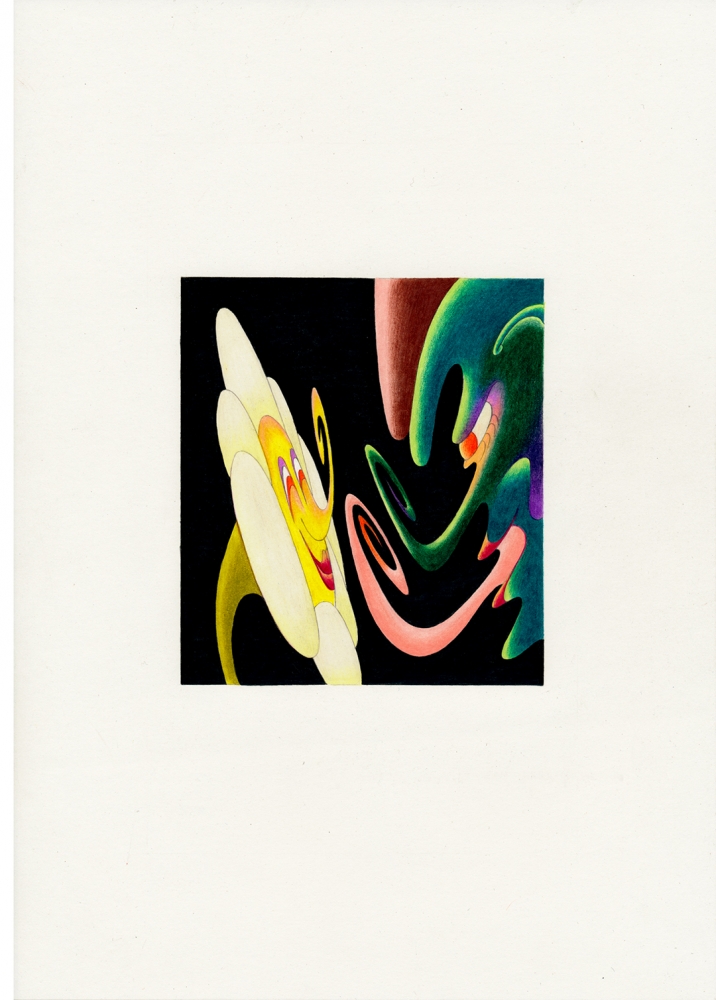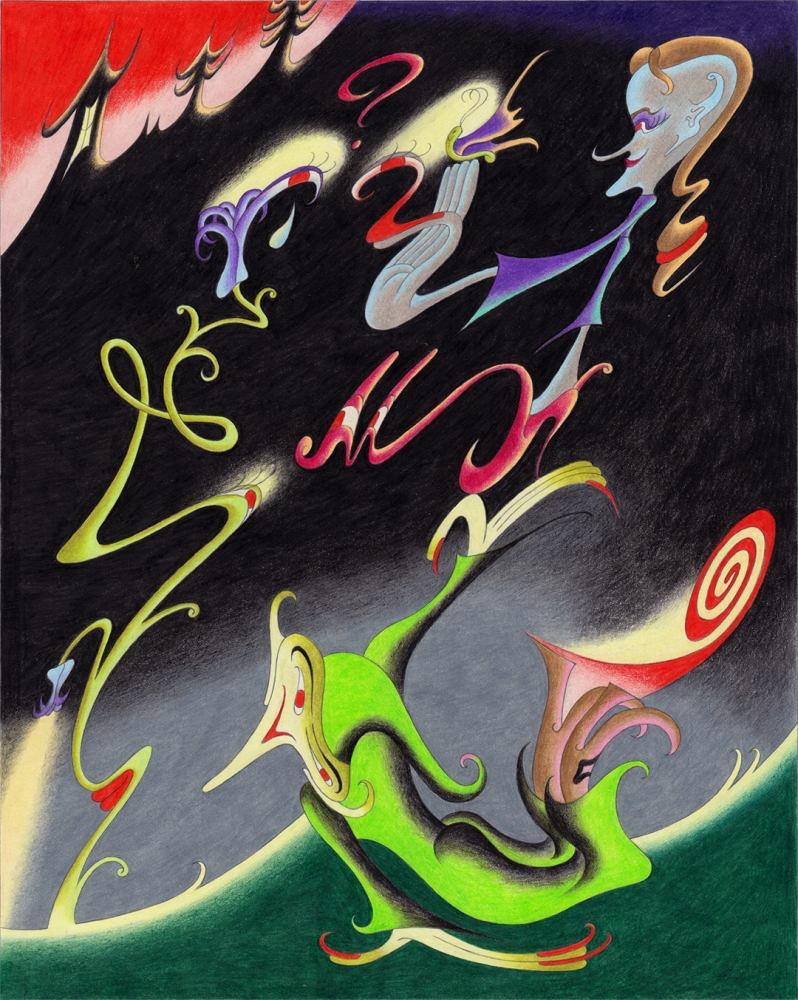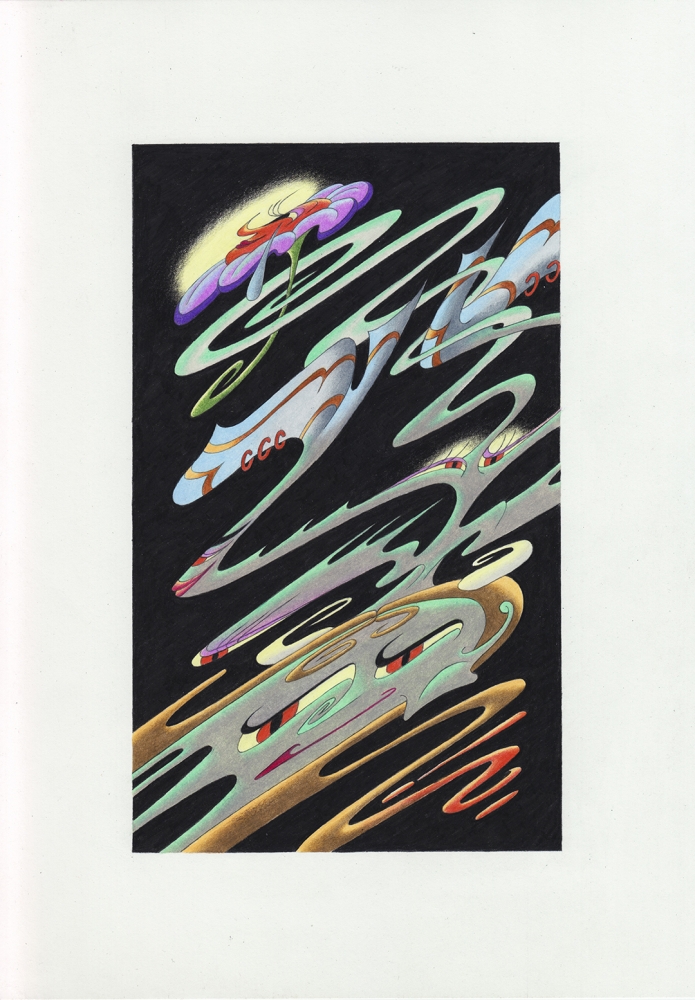
In the 1970s, feminists such as Alison Lurie and Marcia R. Lieberman focused their critical attention on fairy tales, or perhaps it would be more apt to say they declared war on each other’s ideology via the role of the fairy within feminist discourse. Both writers created convincing arguments, Lurie argued for the radical fairy and the wise woman being a liberating figure, whilst Lieberman declared the mythical creature as merely another weak archetype created by a misogynistic temperament to entrust the ideas of female hysteria. By taking the role of folkloric fantasy beyond the once-loved enchanted gardens and into the 1970s socio-political sphere, Lurie and Lieberman observed a cultural struggle within the parameters of class, gender and power. The stories that send each child to sleep seem to often flow beyond the page and into the contemporary western world for better and for worse.
Four decades later, how we think about the words “Happily ever after” is being provoked again, this time by the illustrator Maren Karlson in her solo exhibition Soft Fists at Berlin’s Pushkin & Gogol, running December 15 to January 20. The artist’s predominantly drawing-based practice is known in both Los Angeles and Berlin for her pumped up, slutty, fay-like creatures that sit within gory acid-tripping scenes. Lost in marshmallow swirls and lurid greens and pinks, some figures have cute breasts with glaring nipple-eyes, others are merely wrapped in some semi-conscious coitus: with what or by whom the viewer never really knows, nor are they given to understand if its a consensual act or something more sinister. Karlson’s aesthetic definitely has a hold on the post-internet generation of dark humour — in the sense that they are both politically current and obscurely unfathomable (think memes, in-jokes and acronyms). A plethora of meanings can be taken from her scenographies, just as they can with a bizarre forum thread.
Alongside her wall-based works, for which she is best-known, is a hand-painted ‘croptop’ reminiscent of the 90s midriff-bearing outfit hung, like an ancient garb. The actual wearability of the item seems suspect, leading one to wonder if this is just another nod to the female mystic as a mere pin-up. Noting the servitude of such myths in enabling the acculturate ideas of women to traditional roles of being viewed only as unearthly objects, rather than likely catalysts of change, at this point one could assume Karlson is siding with Lieberman. One can’t help thinking of artist Aleksandra Domanović’s work while walking around Soft Fists, not for its aesthetic similarities but more for a text she reproduced in 2014. The letter was sent from Walt Disney Productions to a Miss V Ford in 1938, saying they had received her application but “women do not do any of the creative work in connection with preparing the cartoons for the screen.” The paper is embellished with an image of Snow White and the Seven Dwarfs in the top left hand corner and on the bottom right is the evil Queen. A cruel paradox, of the female figure, Domanović’s piece also examines the discourse of feminism and fiction via a time-traveling rhetoric.

Interestingly, Karlson’s press release offers us a folktale fungi story that warns us of the symbology left behind by nature entitled ‘death baby’ and the poem ‘Mushrooms’ by Sylvia Plath, from which the show takes its Soft Fists title. The most popular interpretation of the Mycological poem — written in 1960, is that it uses the mildew spawns to represent the struggles of women in a patriarchal society. Plath lived amongst the housewives of the 1950s, where women were commonly overshadowed and unnoticed creatively by their male counterparts. But what both the poet and Karlson seem to offer their audiences — irrespective of their generational divide — is that women can use their neglected position to their advantage. There is as much to gain from invisibility as there is from visibility when starting an insurrection.
Just as Lurie and Lieberman both illicitly create a call to arms through their practices, Plath whispers the fevered lines “We shall by morning,/ Inherit the earth./ Our foot’s in the door.” Karlson evokes this binary tension with her anarcho nymphs perched, ever-attentive with their cyclops breasts and handmade fungal death threats. All five female practitioners act as individuals, but together their works create a discrete rhizome of femme mutiny.**





